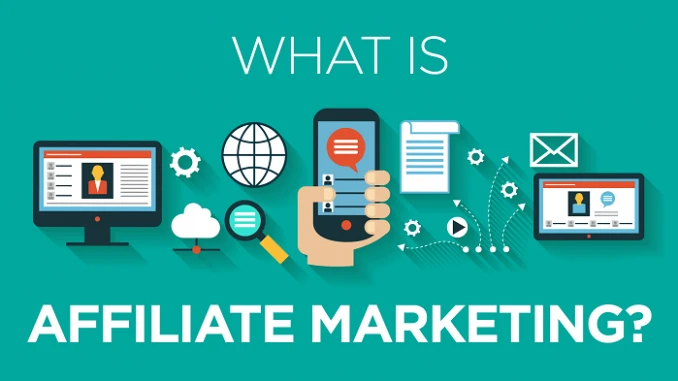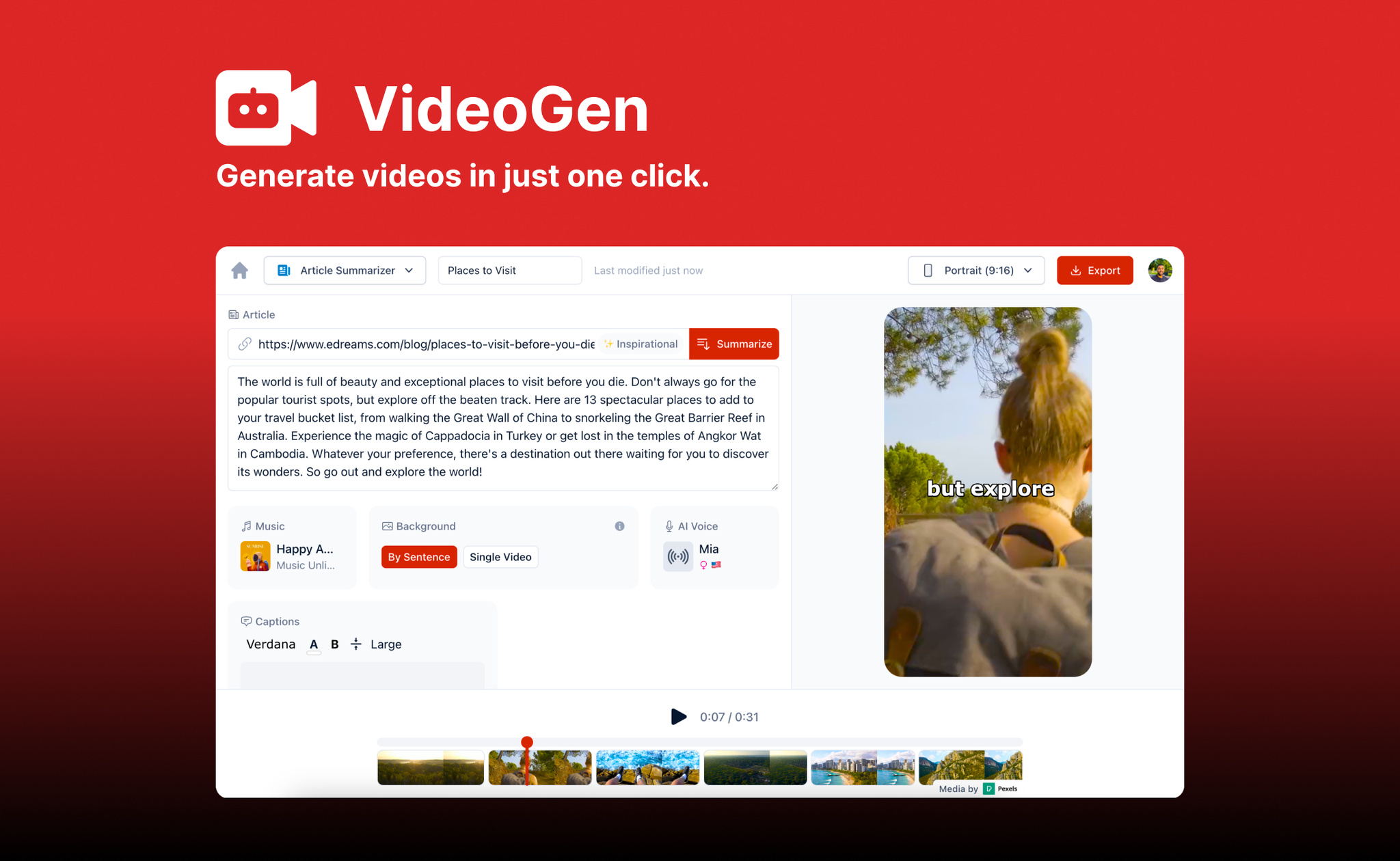Affiliate marketing is a performance-driven marketing strategy that allows businesses to reward affiliates for generating sales through their marketing efforts. In this arrangement, affiliates earn a commission for each successful purchase made by a customer they’ve referred, making it a mutually beneficial model for both the business (merchant) and the affiliate. If you’re new to affiliate marketing, be sure to check out our step-by-step guide on setting up your first affiliate campaign here.
In this article, we will break down the core components of affiliate marketing and explore how each party contributes to its success. There are three primary players in the affiliate marketing ecosystem: the merchant, the affiliate, and the customer. Let’s dive deeper into each of these components.

1. Merchant (Product Seller)
The merchant, also known as the seller, vendor, or creator, is the entity that offers the product or service that is being promoted. Merchants can range from solo entrepreneurs to large, established brands. Their primary goal in affiliate marketing is to increase sales by leveraging the marketing efforts of affiliates. The merchant benefits from affiliate marketing by gaining access to a broader audience without taking on the full responsibility of advertising, as affiliates help drive traffic and conversions.
Merchants usually provide affiliates with tools, such as unique tracking links or banners, to help them promote their products effectively. In return, the merchant rewards affiliates with a commission for each sale made through their referral.
2. Affiliate (Publisher/Influencer)
Affiliates are individuals or businesses that promote the merchant’s products in exchange for a commission. They can be a wide range of people, from solo bloggers or social media influencers to larger organizations or professional affiliate marketers. Affiliates’ role in the affiliate marketing equation is to attract and engage potential customers by showcasing the value of the merchant’s products.
There are many ways for affiliates to market the merchant’s offerings. Common methods include:
- Running paid ads on various platforms like Google, Facebook, or Instagram.
- Sharing content on social media, including posts, videos, and stories that introduce the merchant’s products.
- Embedding affiliate links on blogs or websites, where the affiliate can write reviews, product guides, or related content that links to the merchant’s product pages.
- Email marketing campaigns, where affiliates can send targeted messages to their audience promoting the products.
- Engaging in forums or discussion groups, offering advice or recommendations related to the merchant’s offerings.
Affiliates are motivated by the commission they earn from successfully referring customers to the merchant. The more effective their marketing efforts are, the higher their earnings can be.
3. Customer (The Key to Success)
Customers are at the heart of affiliate marketing, as they are the ones who make the purchases that drive affiliate commissions. The activities of customers directly influence the success of affiliate marketing campaigns. Through affiliate marketing efforts, potential customers are introduced to products they may not have encountered otherwise.
When a customer clicks on an affiliate’s referral link and makes a purchase, that transaction is tracked, and the affiliate earns a commission for bringing the customer to the merchant’s site. This makes customers the critical factor in determining the profitability of affiliate marketing campaigns. Affiliates aim to create compelling content that resonates with their target audience and encourages them to make a purchase.
The Benefits of Affiliate Marketing for All Parties Involved
Affiliate marketing is a win-win model that benefits all parties:
- Merchants can expand their reach and increase sales without having to handle all of the marketing themselves. They pay affiliates only when a sale occurs, making it a cost-effective strategy.
- Affiliates get the opportunity to earn money without the need to create their own products. By promoting products that align with their audience’s interests, affiliates can generate a steady stream of income.
- Customers benefit from exposure to products they may not have found through traditional advertising methods, often with added value like discounts or bonuses provided by affiliates.
Conclusion
Affiliate marketing is a highly effective strategy for both businesses and affiliates. It allows businesses to increase their sales through the marketing efforts of affiliates, while affiliates can earn commissions by promoting products they believe in. With multiple channels available for promotion, affiliate marketing offers flexibility and scalability, making it an attractive option for many. Understanding the roles of the merchant, affiliate, and customer is key to succeeding in this performance-based marketing model.
Whether you’re a business looking to boost your sales or an individual aiming to earn passive income, affiliate marketing presents a powerful opportunity to achieve your goals.







3 Comments
Affiliate marketing is a fantastic strategy for those who want to make money online without having to create their own products. I love how affiliates can reach customers without the worries of production or inventory…..
I’ve tried affiliate marketing, and it’s really effective when you pick the right products to promote. The best part is that you only earn commissions when a sale happens, which makes it a low-risk way to earn
Thanks for the informative article! I’m just getting started with affiliate marketing, and this post helped me understand the key roles in the process. I’m excited to try it out and hopefully see success soon